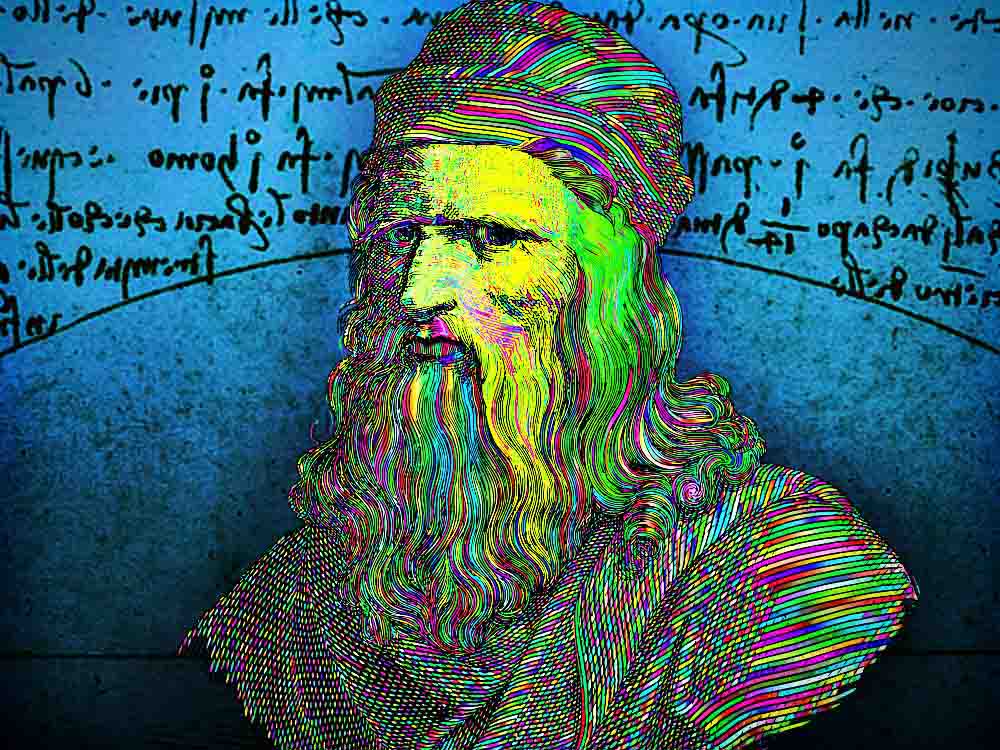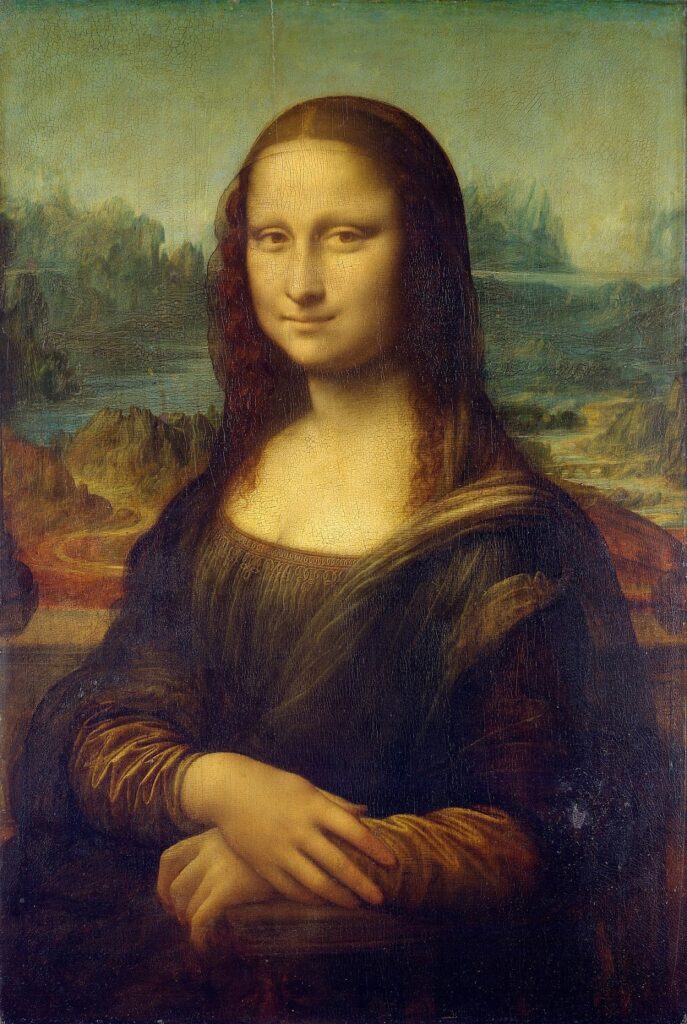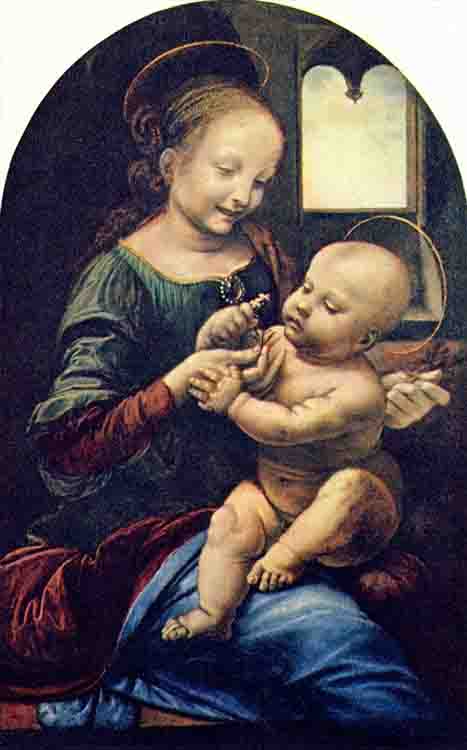Leonardo Da Vinci was one of the most influential artists of the Italian Renaissance. Born on April 15th, 1452, Da Vinci was one of the very few artists of his era who combined their work with science. Not only was he a brilliant painter, but Da Vinci was also a sculptor, architect, inventor, and even a military engineer. With paintings like ‘The Last Supper’ and ‘Mona Lisa’, the impact of Leonardo Da Vinci’s work has spanned across several centuries.
Da Vinci‘s Impact on Art
For Da Vinci, a portrait was supposed to represent the inner thought of the person being drawn, not just their outward appearance. He introduced painting techniques like ‘sfumato’, which meant blurring a portrait’s edges and background, and ‘chiaroscuro’, which used light and dark paints to add contrast to the portrait. Da Vinci mastered the art of telling a story through his paintings. All of his realist techniques can be found in his famous ‘Mona Lisa’ portrait which stands as a timeless symbol of the revolution Da Vinci brought through his art.
Art is never finished, only abandoned.
-Leonardo Da Vinci
Painting is concerned with all the 10 attributes of sight; which are: Darkness, Light, Solidity and Color, Form and Position, Distance and Propinquity, Motion and Rest.
-Leonardo Da Vinci
A beautiful body perishes, but a work of art dies not.
-Leonardo Da Vinci
Da Vinci‘s Impact on Pop Culture
Da Vinci’s work has had a huge impact on modern popular culture. With tons of books, movies, and documentaries still being produced about Da Vinci’s life and work, his legacy has been part of pop culture for a long time. Some of the most famous works on Da Vinci’s legacy include Dan Brown’s best-selling novel turned movie called “The Da Vinci Code” revolving around a conspiracy theory on the artist’s life. Da Vinci’s work has also been featured in games like Assassin’s Creed, Civilization, and even comics published by Marvel and DC.
Da Vinci‘s Impact on Fashion
Not only did Da Vinci impact the art of his time and beyond; his work also had an impact on ancient and modern fashion. He dressed the characters of his paintings in the most beautifully painted outfits that did not conform to the fashion of his time. In the 15th and 16th centuries, Italian fashion was heavily influenced by Da Vinci’s art and the way he painted his subjects in simple yet elegant attires that would draw attention to their features, instead of taking it away from them.
Da Vinci‘s Impact on Music
Da Vinci dedicated a huge chunk of his time to music, which was a passion second only to painting for him. Not only did he play a number of instruments like the Lira Da Braccia and the Lyre; he also researched acoustics and sang from time to time. However, the greater part of his impact on music involves Da Vinci’s invention of musical instruments like a range of drums, bells, and woodwinds along with a keyboard-string combination known as the viola organista.
He also wrote musical manuscripts that were discovered after he had passed away that still inspire famous musicians all around the world. It is believed that Da Vinci probably wrote more music than we can ever imagine. Sadly, most of it may never be found.
I love those who can smile in trouble, who can gather strength from distress, and grow brave by reflection. ‘Tis the business of little minds to shrink, but they whose heart is firm, and whose conscience approves their conduct, will pursue their principles unto death.
-Leonardo Da Vinci
Looking to explore more art genres? Head over to Joe Latimer.com for a multidisciplinary, visually stunning experience. ☮️❤️🎨
Enjoy this blog? Please help spread the word via:













